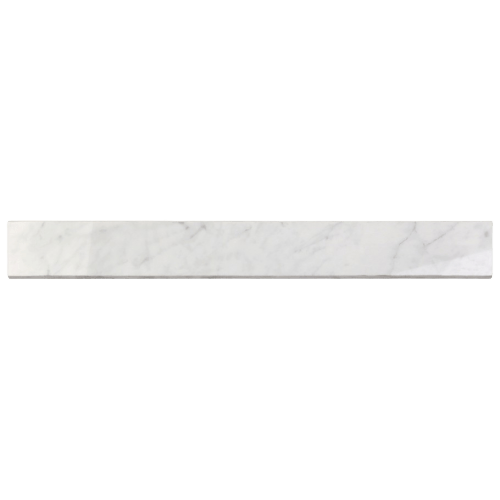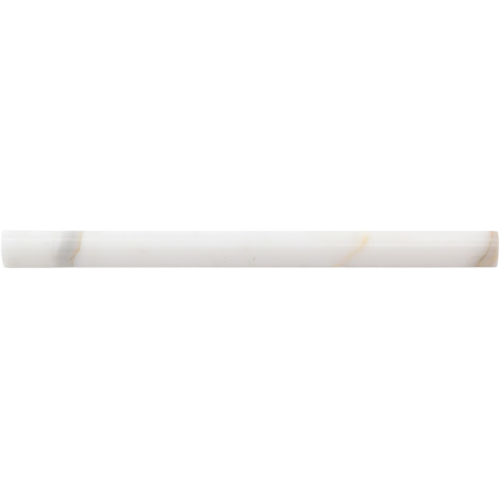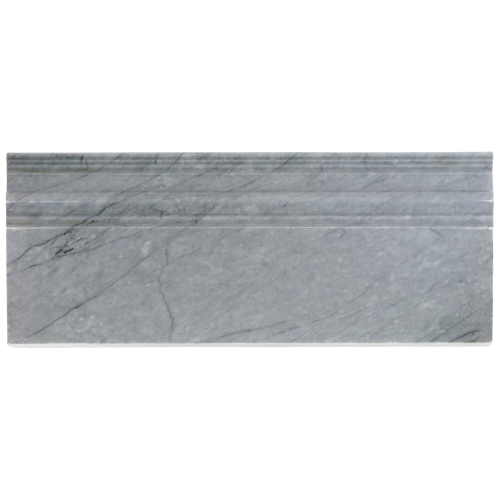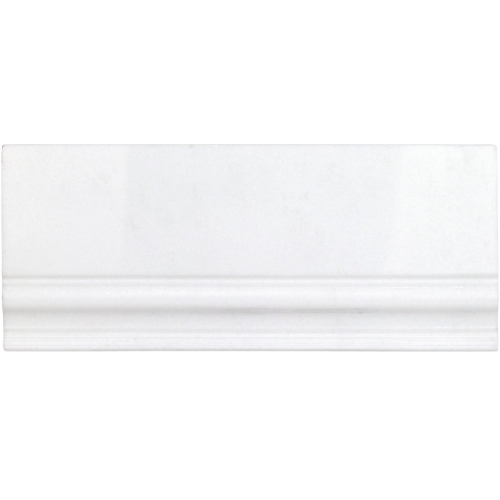Aside from grout, tile trim is one of the most misunderstood and often overlooked elements of a space’s design. However, it is a fairly important piece to the puzzle since it literally helps define lines, bridge material gaps, and keep things all together cohesive. If you’re unfamiliar with tile trim or possibly wanting to learn all there is about it, you’ve come to the right place. Today our blog post is dedicated to the tile trim world and the types that you may find while perusing it!
What Is Tile Trim?
All right. Let’s start off with baby steps and go over the basics.
Tile trim is a pretty diverse term that covers a broad range of applications. It can be used in almost any design; You can find it in the bathroom, kitchen, or even on the floor.
The main reason tile trim exists is that it helps create either a stopping point or a transition point for a tile design.
Many times you’ll find tile trim along the edges of a backsplash or along the corners of a shower niche. The overall point of them is to keep a design clean and clear.
Why Do I Need To Use Trim?
The use of tile trim is important in making sure that your design doesn’t look sloppy or unfinished. Almost like a bow tie with a tux or perfect pair of heels with a gown, the tile trim makes the appearance flawless.
While you can use tile with a glazed end, which is surely acceptable, you’ll find that tile trim helps to really define lines and make your design pop!
How Do I Know How Much Trim To Order?
When it comes to finding out how much tile trim you’ll need, the trick is to find the total measurement in linear footage. This means that you’ll take the length of each side of your wall and/or floor that needs tile trim and then divide it by 12. Make sure that you always order extra, just in case!
The Types of Tile Trim Available:
Wondering what the types of trim are available for you to choose from? We do a quick rundown of the most popular types below for you. This way, all you have to do is order it and cap off your design!
Bullnoses
Bullnoses have unique, rounded edges. This tile trim type is often used in areas where there are sharp angles or unfinished tiles present. It helps to smooth the design, and keep things flowing effortlessly.
Pencil Liners
Pencil liners are the perfect match for transitional areas in the home or commercial space, primarily on walls. They are a bit more dimensional then other pieces and can be found between where a tile design stops and exposed wall begins. Alternatively, they can be found as a border in a tile design within a backsplash. They aren’t the best option to use on floors as they can stick out.
Base Molding
The base molding is probably the most known of the trim types listed. It is the piece that can be found closest to the floor. It covers the joint and bridges the gap between tile and the floor.
Chair Rails
Chair rail trims, contrary to belief, don’t do what they literally translate to. So, don’t trim your chairs with them. Rather, they are used to help divide a space and add a bit of flow in design. Usually, they are situated between where a tile ends and a wall starts. It keeps the look cohesive and flow fluid.
Even though we’re pretty sure that you’re a tile trim expert now, if you have any questions about which particular type to use for your design, feel free to email us at: [email protected]. Cheers!








